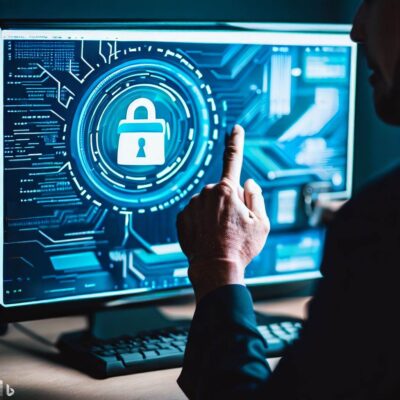Security Awareness Training (SAT) is a crucial element in any organization’s cybersecurity strategy. It is the process of educating employees about the importance of cybersecurity and teaching them how to identify and prevent potential security threats.
There are several reasons why SAT is important:

- Cyber threats are constantly evolving: Cybercriminals are always finding new ways to attack organizations, and it is essential for employees to stay up-to-date on the latest threats and how to protect against them. SAT helps employees understand the different types of threats they may face and how to recognize them.
- Employees are often the weakest link: Despite an organization’s best efforts to secure its systems, employees can still inadvertently expose the company to risk by falling victim to phishing attacks, clicking on malicious links, or using weak passwords. SAT helps employees understand the role they play in protecting the organization and provides them with the tools they need to make secure decisions.
- Compliance: Many industries have specific regulations in place that require organizations to provide SAT to their employees. For example, the Payment Card Industry Data Security Standard (PCI DSS) requires organizations that handle credit card transactions to provide SAT to their employees on a regular basis.
- Improved productivity: SAT can help employees work more efficiently by providing them with the knowledge and tools they need to identify and prevent potential security threats. This can save time and reduce disruptions caused by security incidents.
- Reputation protection: Cybersecurity breaches can have serious consequences for an organization, including financial losses, damage to its reputation, and legal liabilities. SAT helps employees understand the importance of protecting the organization’s assets and the potential consequences of a security breach.
Overall, SAT is an essential component of any cybersecurity strategy. It helps employees understand the importance of cybersecurity and provides them with the tools they need to identify and prevent potential security threats. This can help organizations protect their assets, reduce the risk of a security breach, and maintain compliance with relevant regulations.




